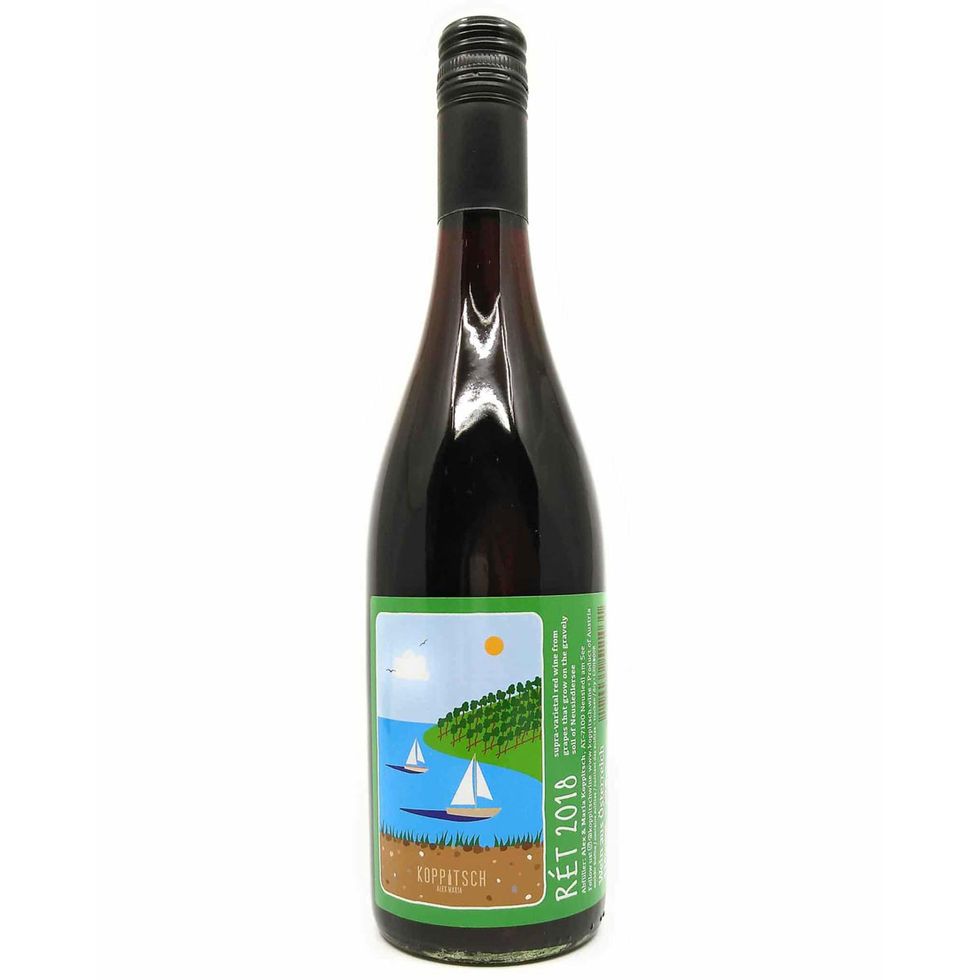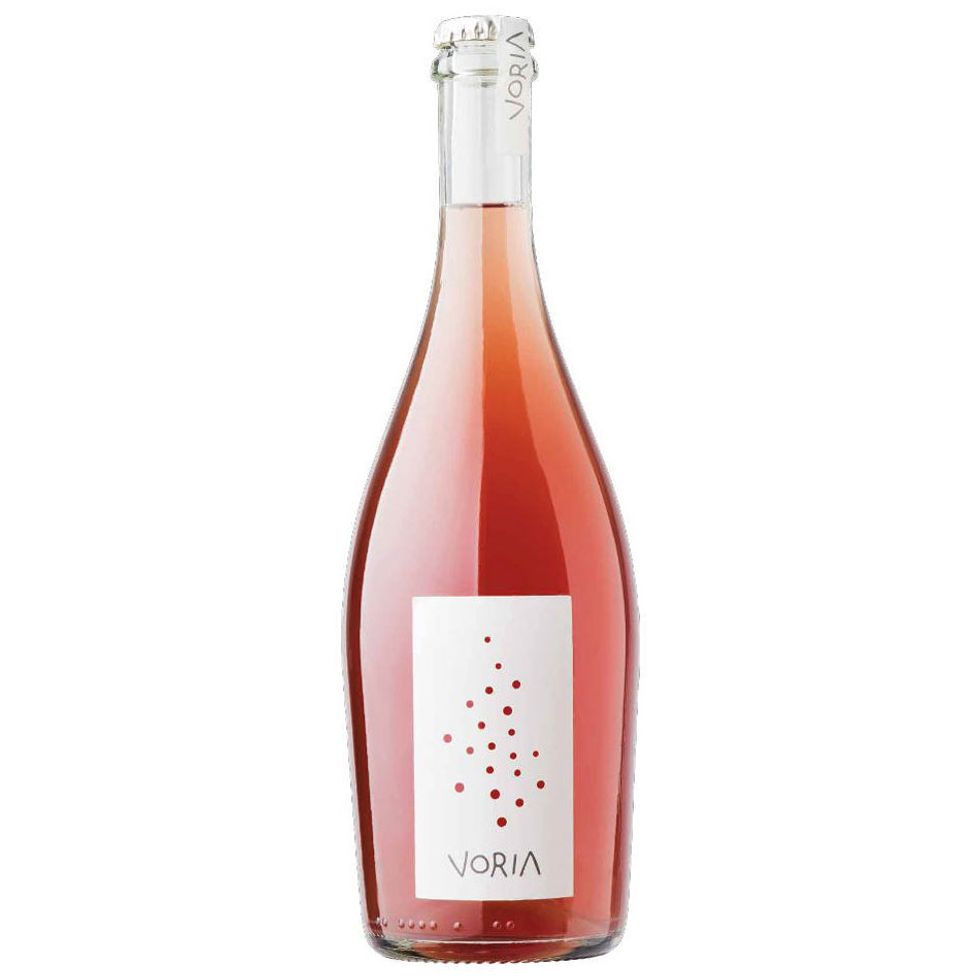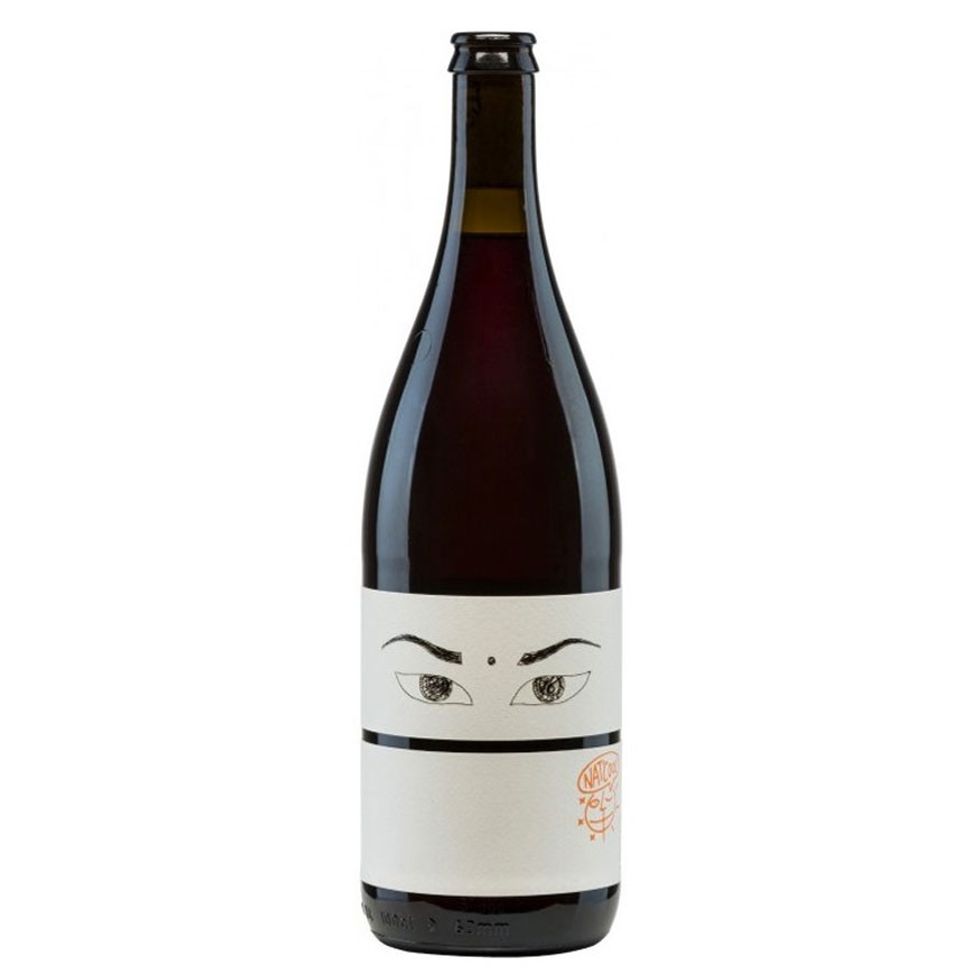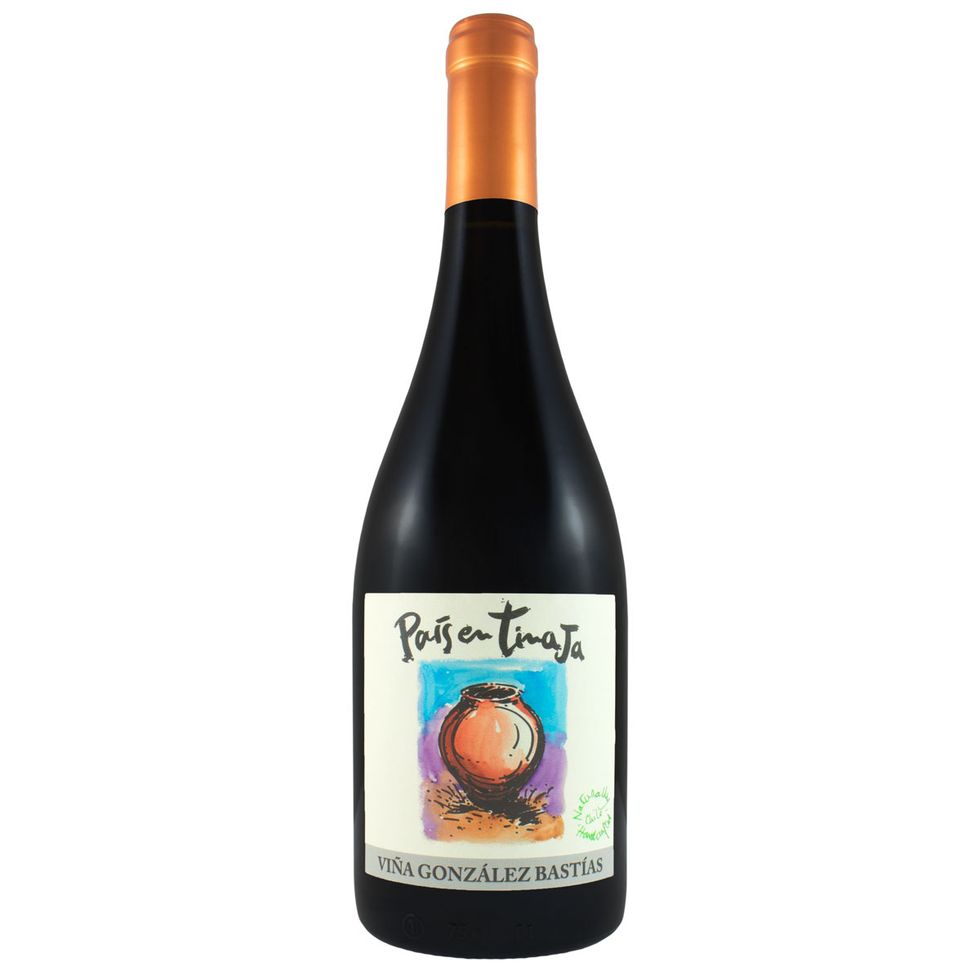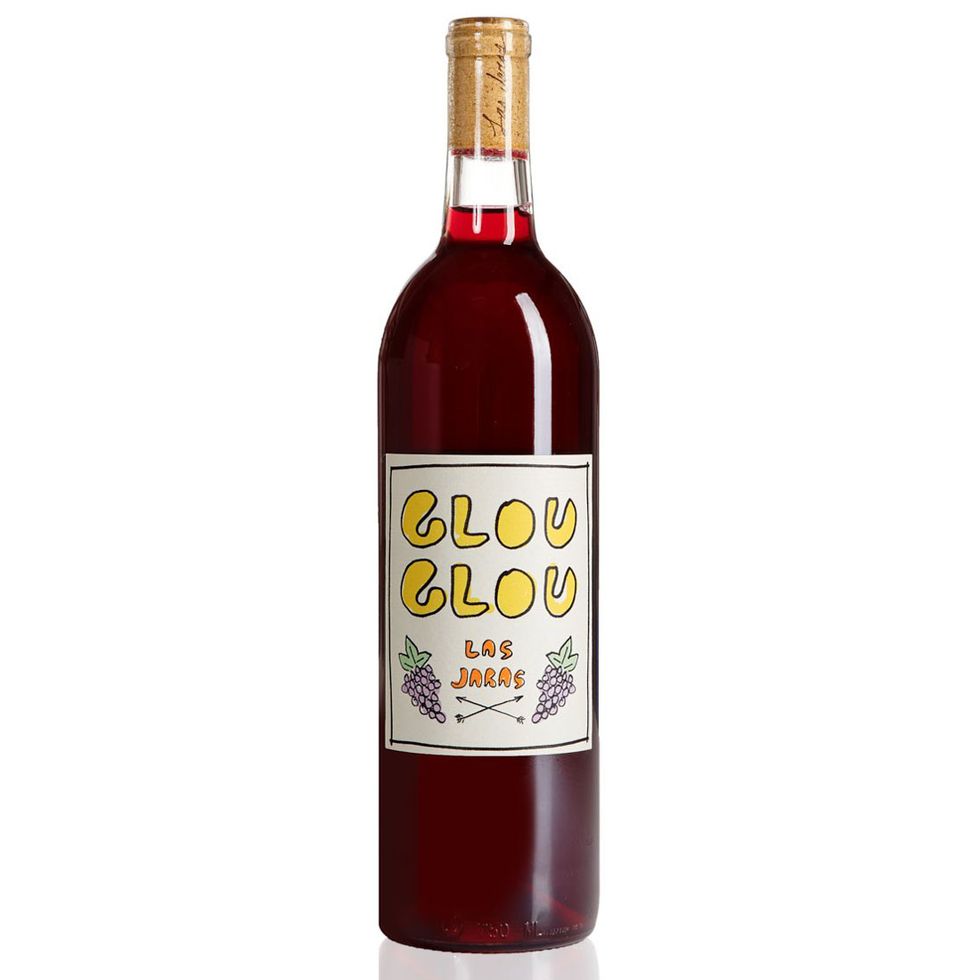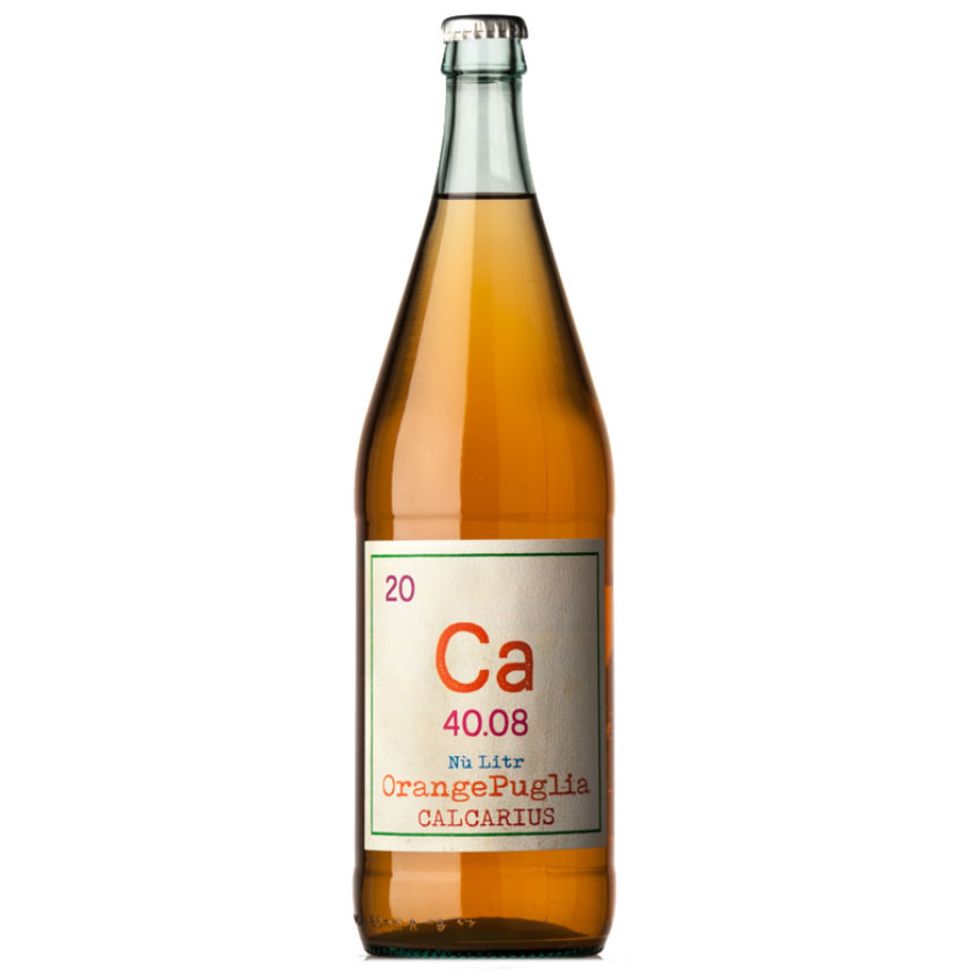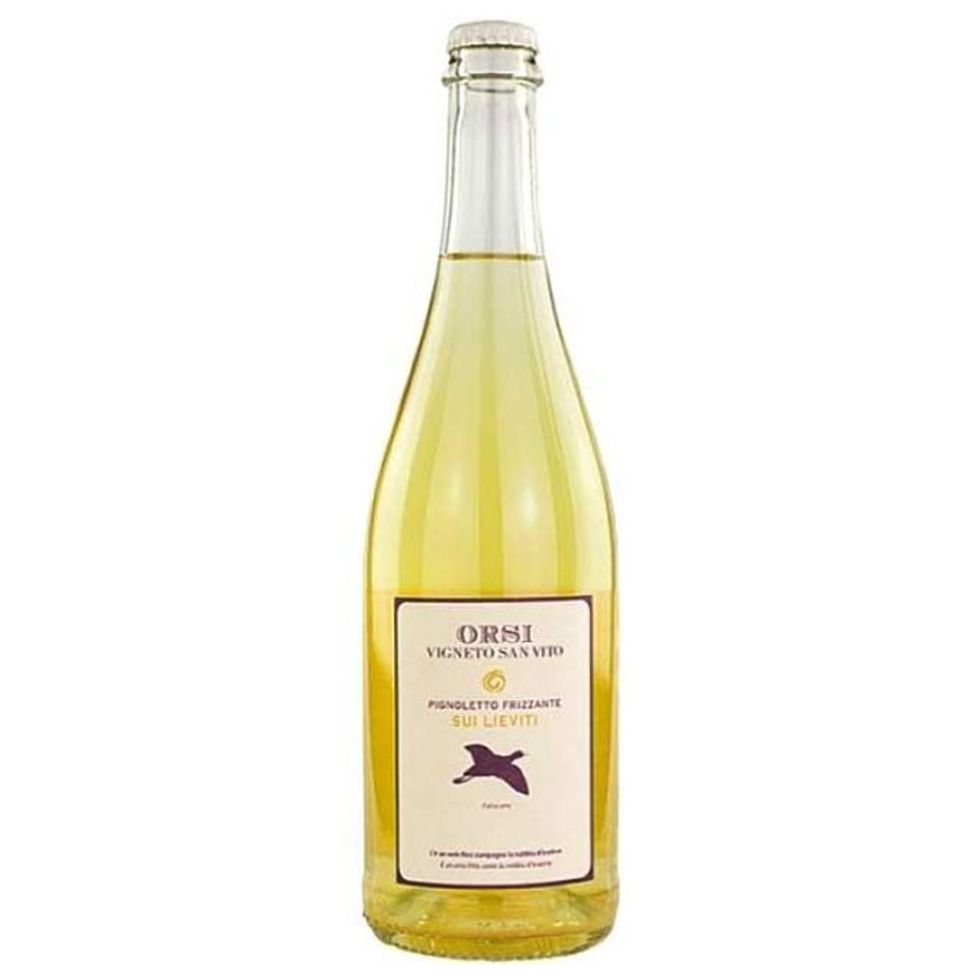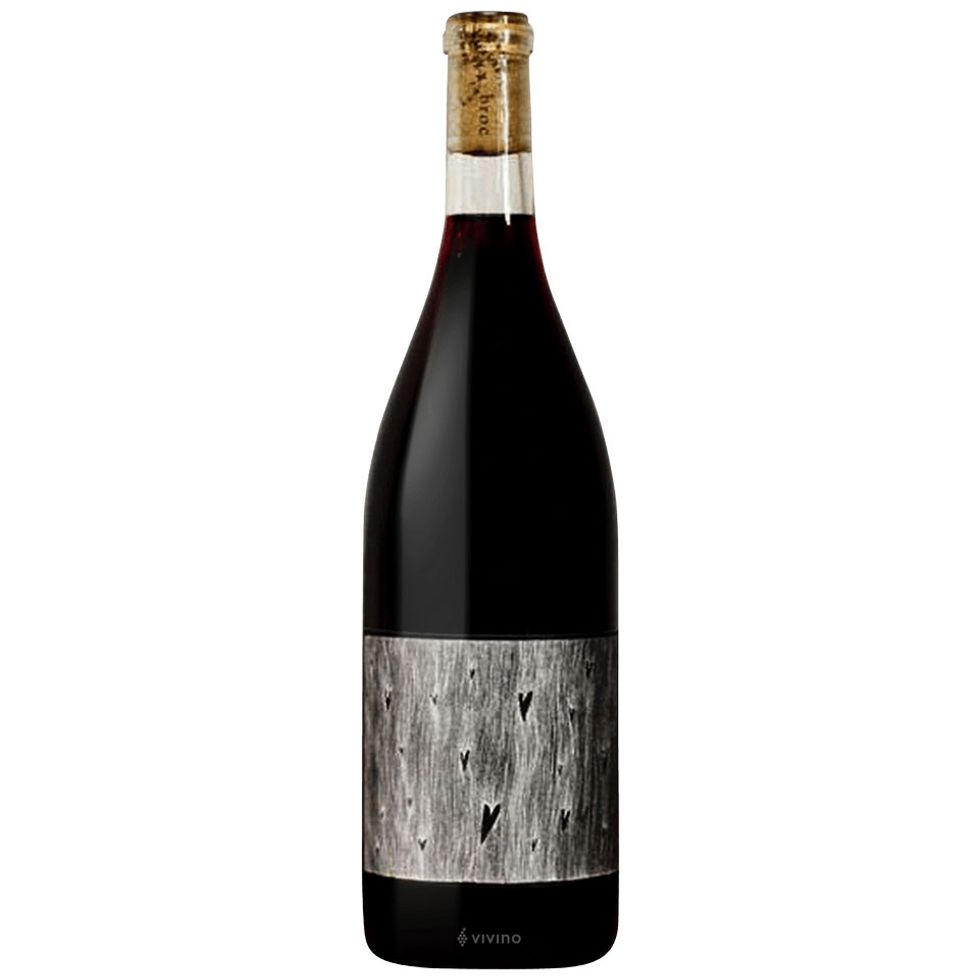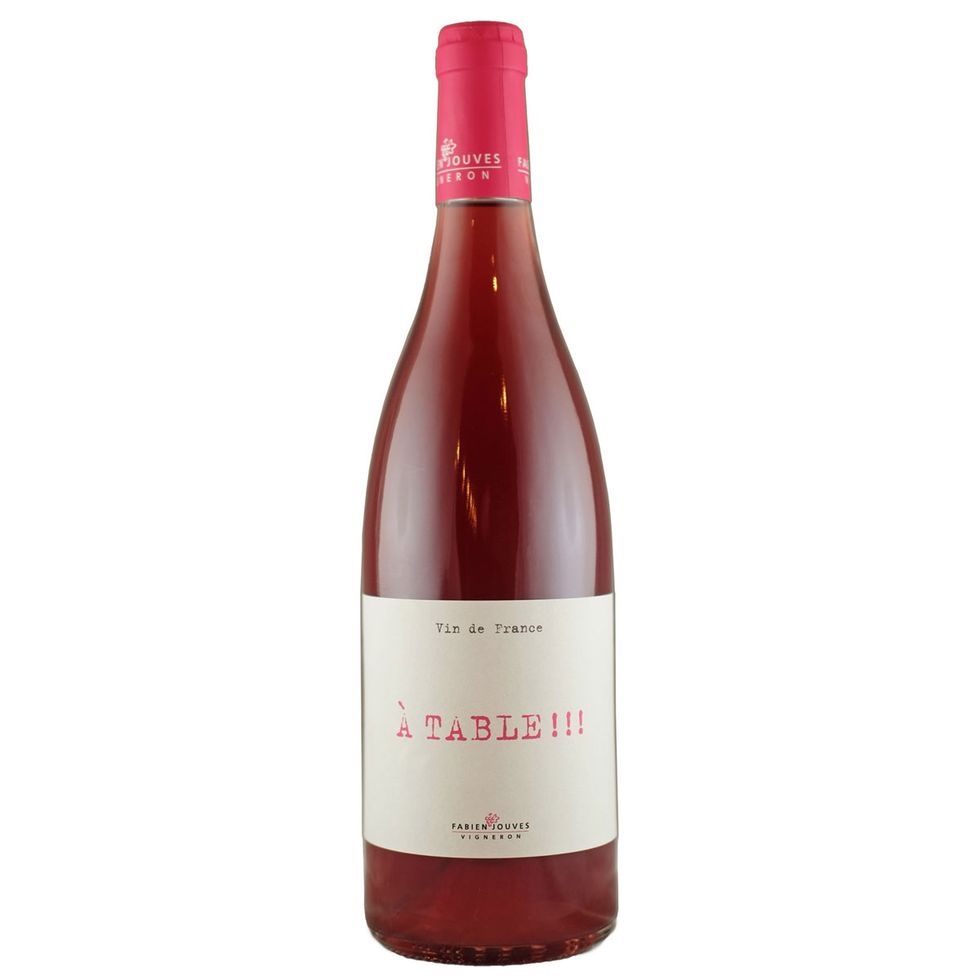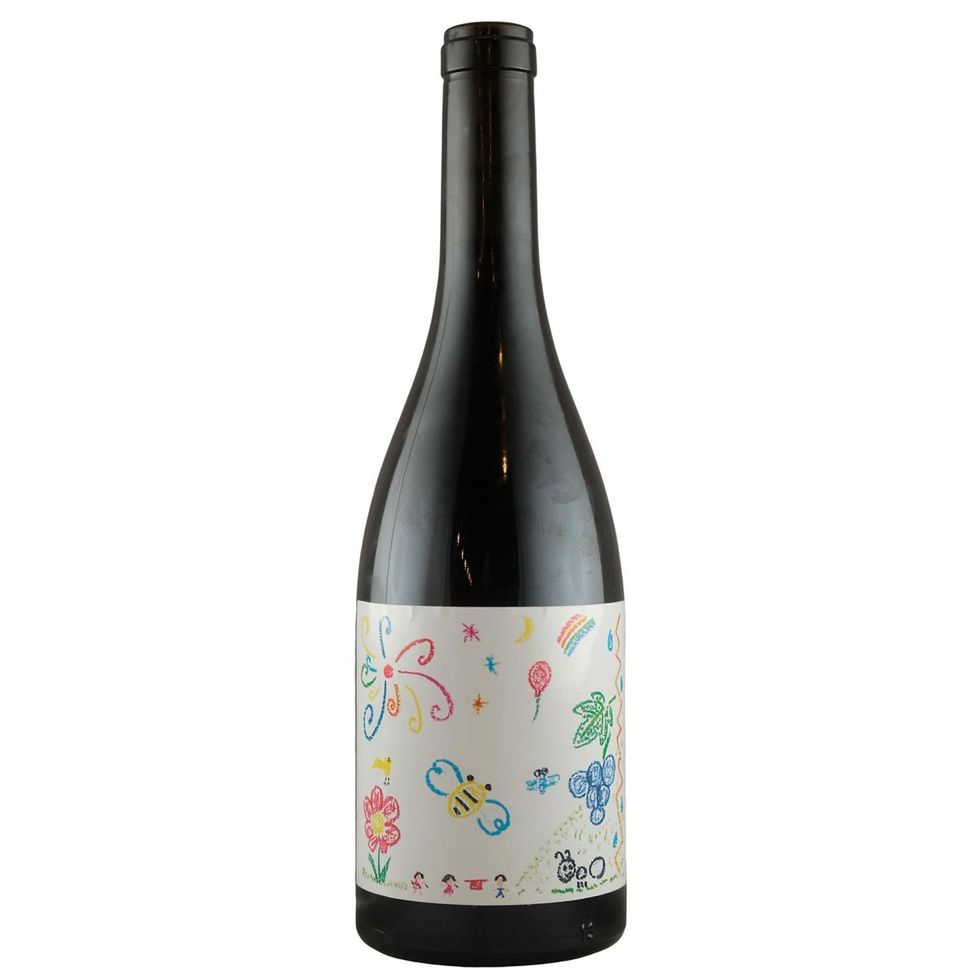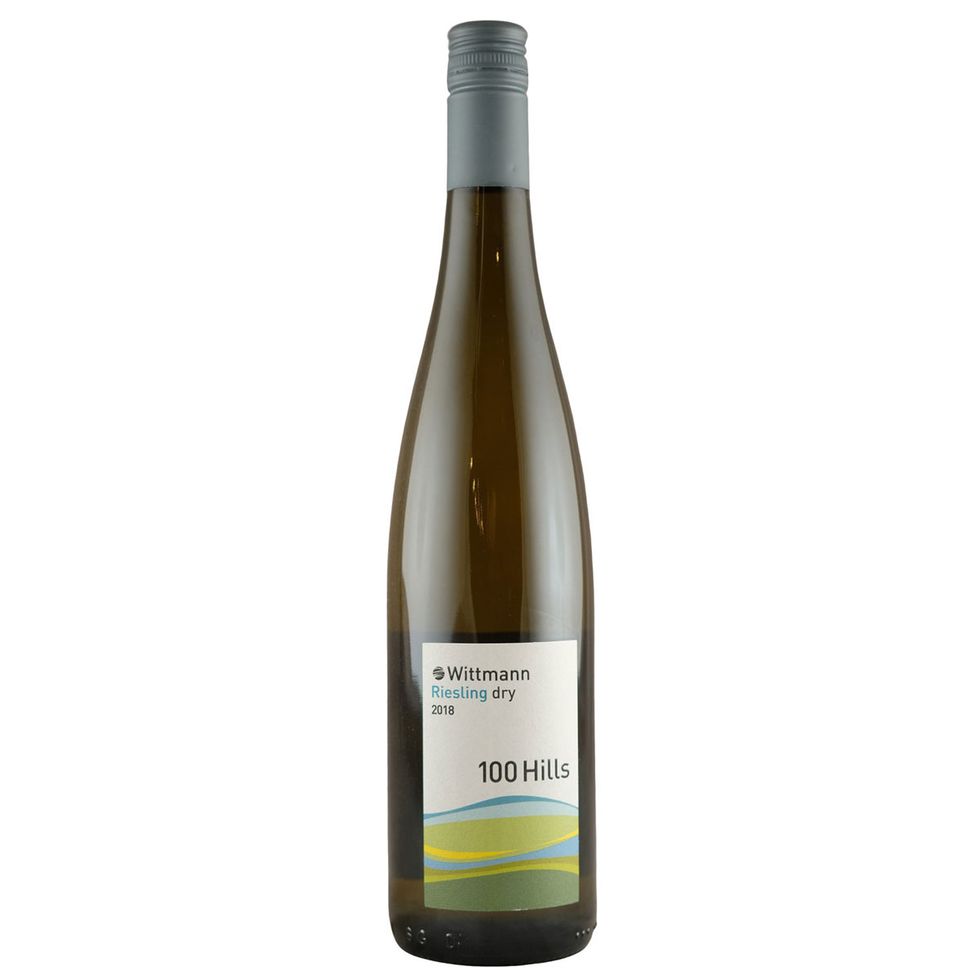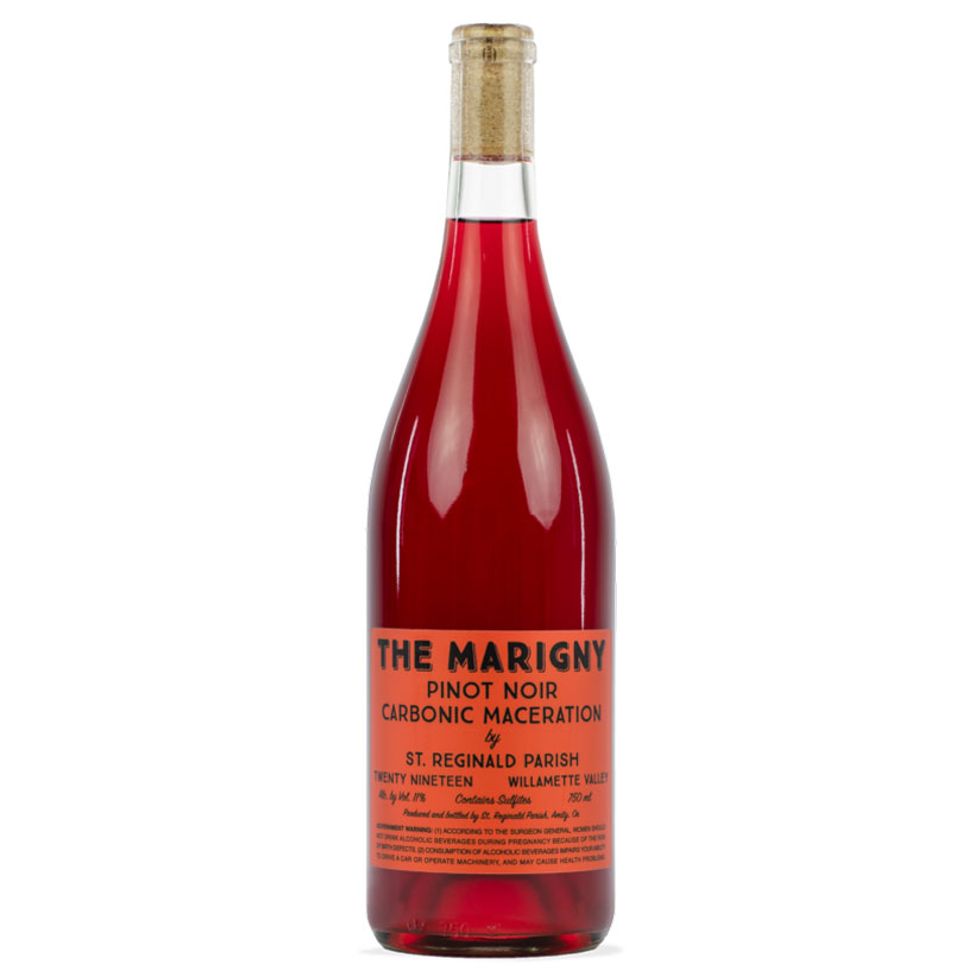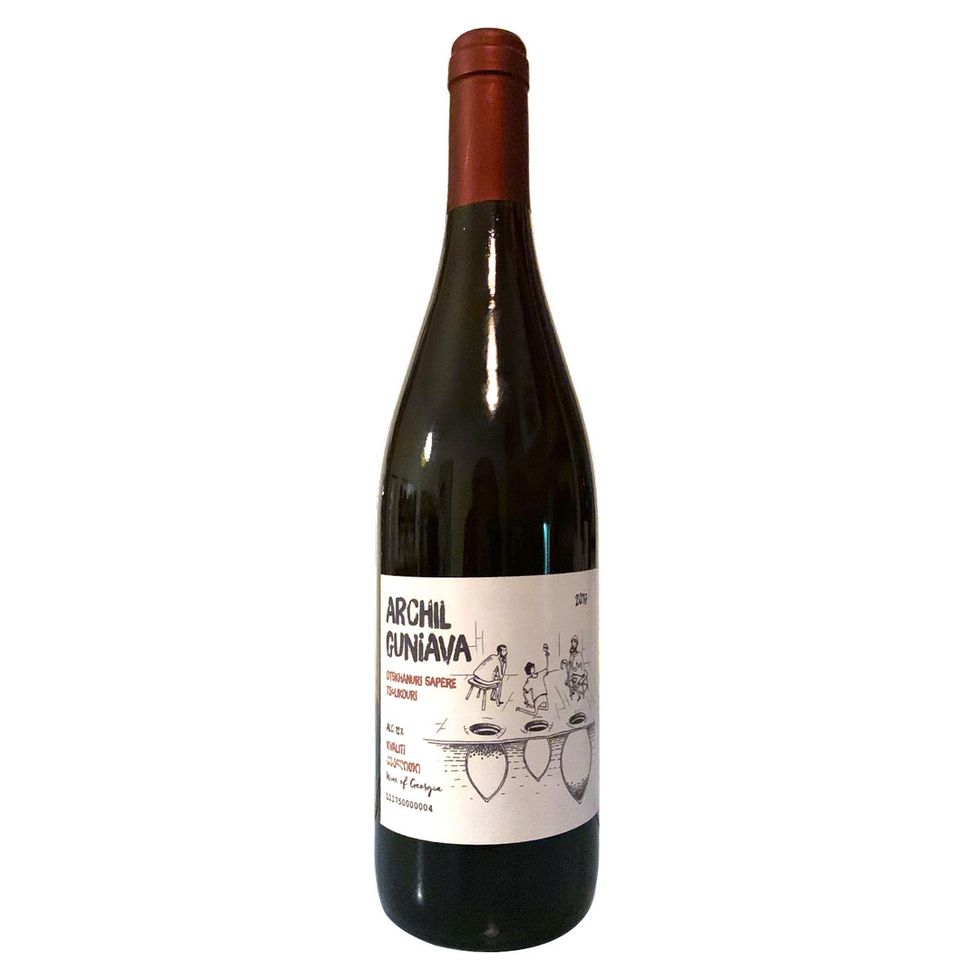Living
A Beginner’s Guide to the Complicated World of Natural Wine
Let’s uncover orange wine, shall we?
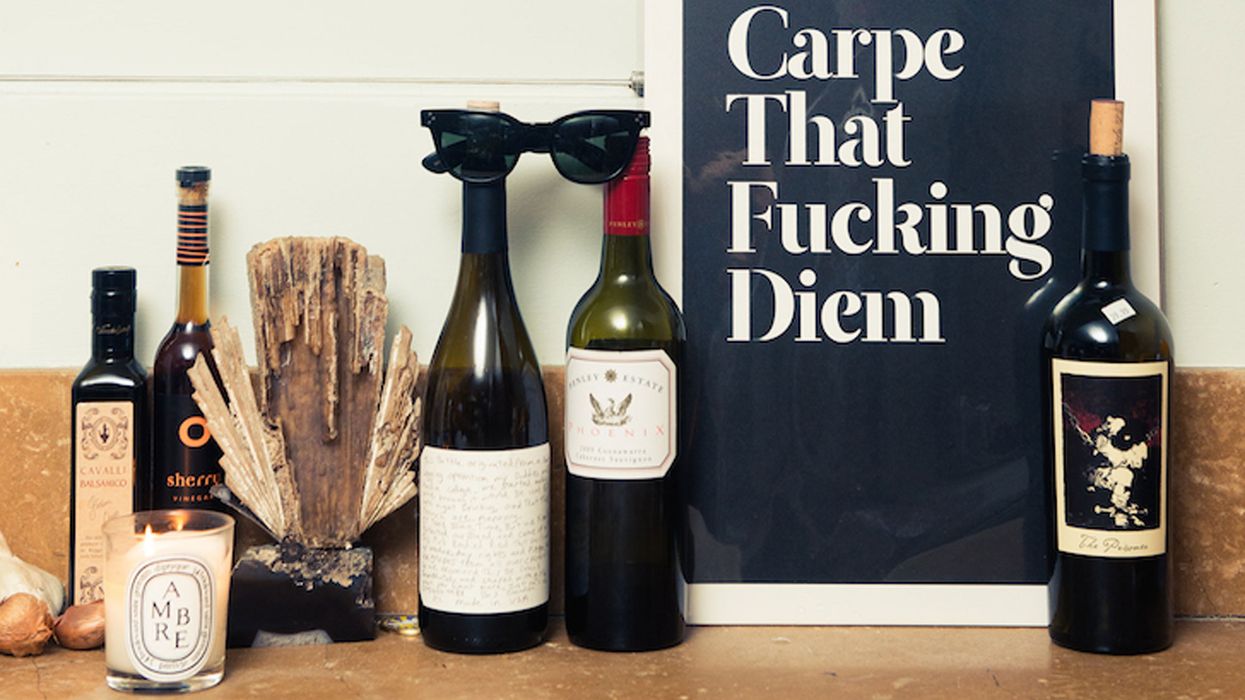
20 May, 2020
10 November, 2021
Whether you are enjoying a natural wine from an ancient Georgian vessel or a rather newer iteration of the fermented grape juice from Chile, you may be wondering what exactly constitutes wine being deemed as natural? Isn’t all wine just fermented grape juice, and in that sense, natural? As explained in this rather informative and scientific article, “Natural Wine is farmed organically (biodynamically, using permaculture or the like) and made (or rather transformed) without adding or removing anything in the cellar.” This means that the fermentation process is not disrupted by the addition of things such as sugar, preservatives, SO2, or anything else contemporary winemakers may be adding to their batches. But what do all of these words mean? Here’s a breakdown.
SO2
When purchasing a bottle of Grenache, you may notice that the label states “no sulfites added.” Why is this important? In recent years, winemakers have been adding SO2, or sulfur dioxide, into their wines to essentially kill any yeast and bacteria that might accelerate the oxidative process of the wine. Sounds helpful, right? In some cases, sure; there would be absolutely no way that a bottle of wine from 1970 would survive the test of time to be enjoyed now, fifty years later, if sulfur dioxide was not added as a preservative. However, wine, in its essence, is a fermented product, making it something that has a microbiome of its own. When consumed in moderation, these bacteria can help us to regulate our bodily functions. When there is an additive that kills all of these bacteria, we are left with sugary alcoholic drinks that essentially do nothing for our health and everything for our headaches the next day. Of course, there is no such thing as sulfite-free wine because sulfur dioxide is a byproduct of the fermentation process. However, that is what differentiates “no sulfur added” wines from “contains sulfites.” Natural wine still contains sulfites, but only the ones that are naturally occurring during the fermentation process—nothing added by the maker.
Biodynamic
Just as we would avoid chemically processed and genetically modified foods, we must understand that we can do the same with our wines. So what does biodynamic mean? According to the Biodynamic Farming and Gardening Association, “Each biodynamic farm or garden is an integrated, whole, living organism… Biodynamic farmers and gardeners work to nurture and harmonize these elements, managing them in a holistic and dynamic way to support the health and vitality of the whole.” To add to this, farmers who grow biodynamic grapes work to keep the natural integrity of the vineyard without ever adding things such as pesticides or chemicals to help the growing process, regardless of how greater their yield may be if they did so. By protecting the environmental integrity of the vineyard, biodynamic winemakers tend to produce wines on a much smaller scale than the gargantuan corporations scattered throughout Napa Valley. Nevertheless, this just makes natural wine more special and unique, and good for you, too.
Skin Contact — Orange Wine
Imagine: You are in Tuscany, wearing a white linen dress with the setting sun peeking through the ringlets in your hair as you stomp on grapes with your bare feet in a barrel. Well, there’s an actual function to all this beauty. We understand that this age-old technique of juicing is simply a way to extract the juices from the grape, but what happens to all the skin and pulp that is left behind? In wines that are described as having skin contact, these skins and pulps are added to the juices to be macerated during the wine-making process. By adding the pulp and skins into the juices, the flavors and oils from the fruit seep into the wine, adding intensely unique flavors and textures that would have been lost if maceration did not occur.
Old World vs. New World
These do not exactly equate to the phrases “old school” and “new school,” but they come pretty close. These two categories determine the region of production. Old World wine generally comes from European and Middle-Eastern countries such as France, Spain, Portugal, Italy, Germany, Switzerland, Croatia, Slovenia, Romania, Austria-Hungary, Greece, Lebanon, Georgia, and Israel. As stated on Reverse Wine Snob, old-world wines “play to tradition, as the history of those wine regions has been established for a great many centuries,” making these wines lighter in alcohol and higher in tannins. On the contrary, new-world wines come from areas of the world that were colonies at a certain point in history, such as the U.S., New Zealand, Australia, Argentina, Chile, and South Africa. The different climates and soils offer an abundance of opportunities to create some special bottles. New-world producers are more open to accepting modern production techniques, creating wines with higher alcohol content and more fruit flavors. Which is better? They’re both magnificent in their own regard and should be enjoyed as such.
Funky
Before you exit this article, here’s why funk is important. It indicates that, due to the presence of these good-for-you bacteria, the wine itself has not been tampered with or manipulated much by its producer, meaning that you are essentially getting the real deal with every sip. However, do not fret: If funk is not your thing, there exist so many natural wines that are juicy, fruity, and mineral-y.
So how does one enjoy natural wine? Given that there are no preservatives or additives to these marvels, they should be enjoyed while they are relatively young before their structure starts to change. Pair sweet wines with sweet foods, acidic and zippy wines to cut through fatty or spicy dishes, and juicy wines with light hors d’oeuvres. Or, have anything with anything because, honestly, there are no rules.
Want more stories like this?
7 Great Wine Delivery Options Right Now
8 Ways to Update Your Apartment and Still Get Your Deposit Back
How to Pair Wine with All the Comfort Foods You’re Eating Right Now
Want more stories like this?
7 Great Wine Delivery Options Right Now
8 Ways to Update Your Apartment and Still Get Your Deposit Back
How to Pair Wine with All the Comfort Foods You’re Eating Right Now

